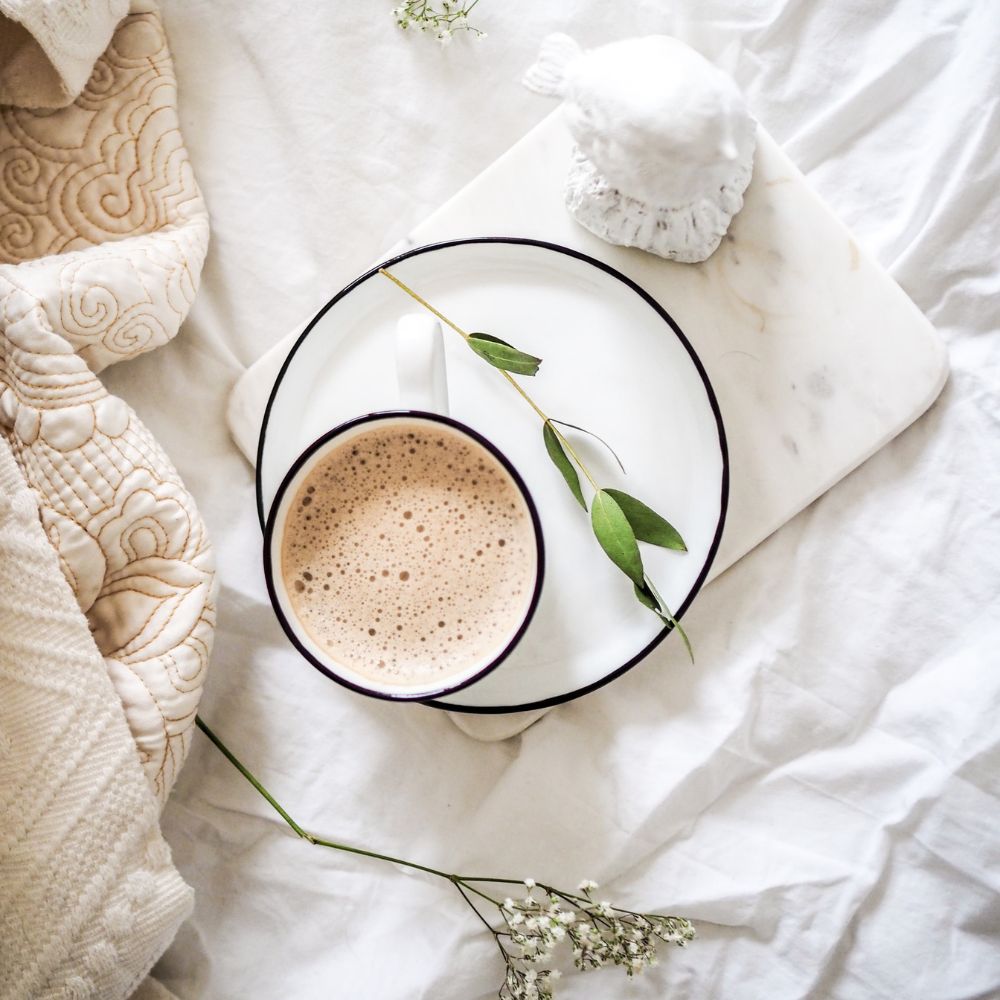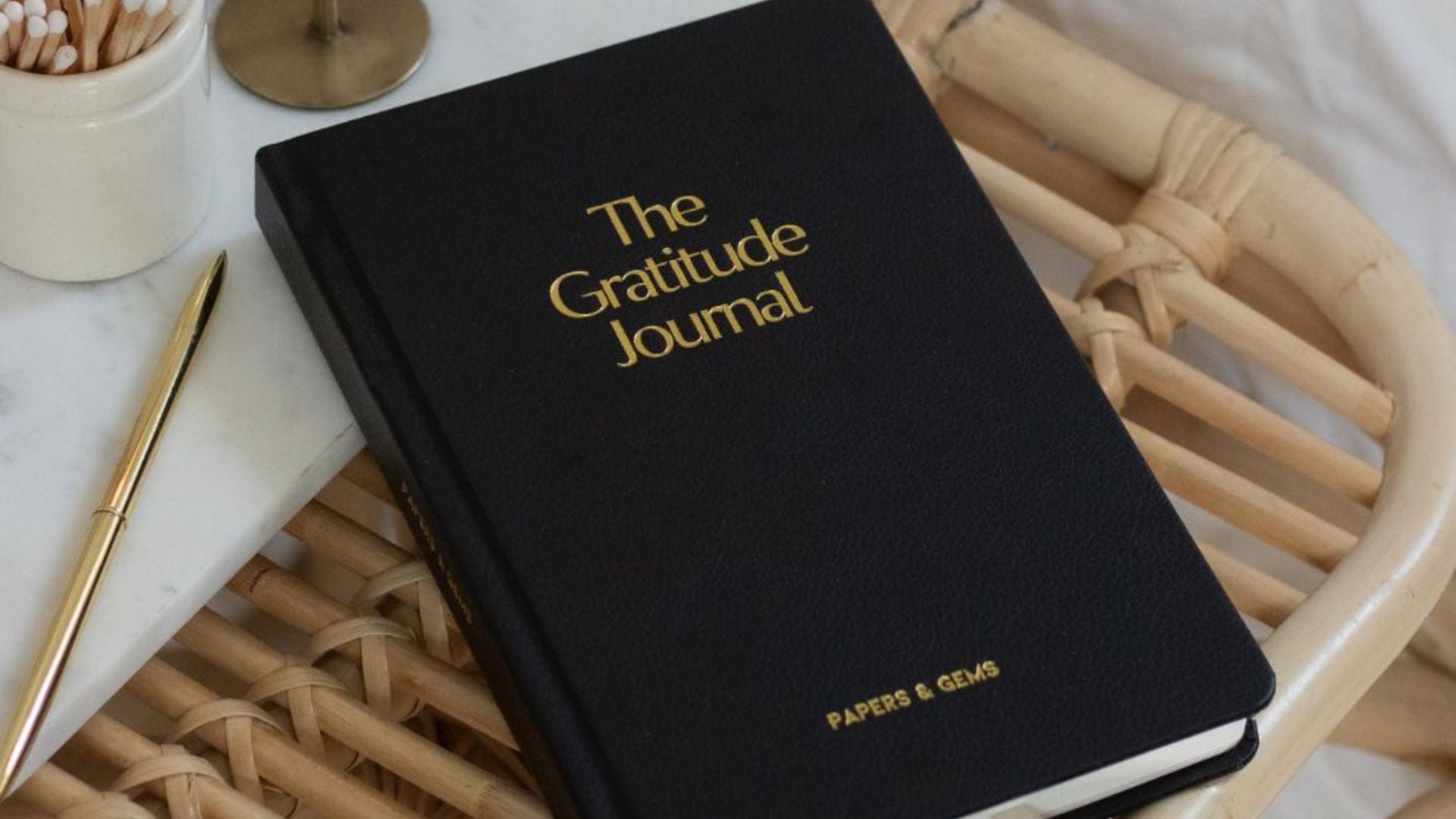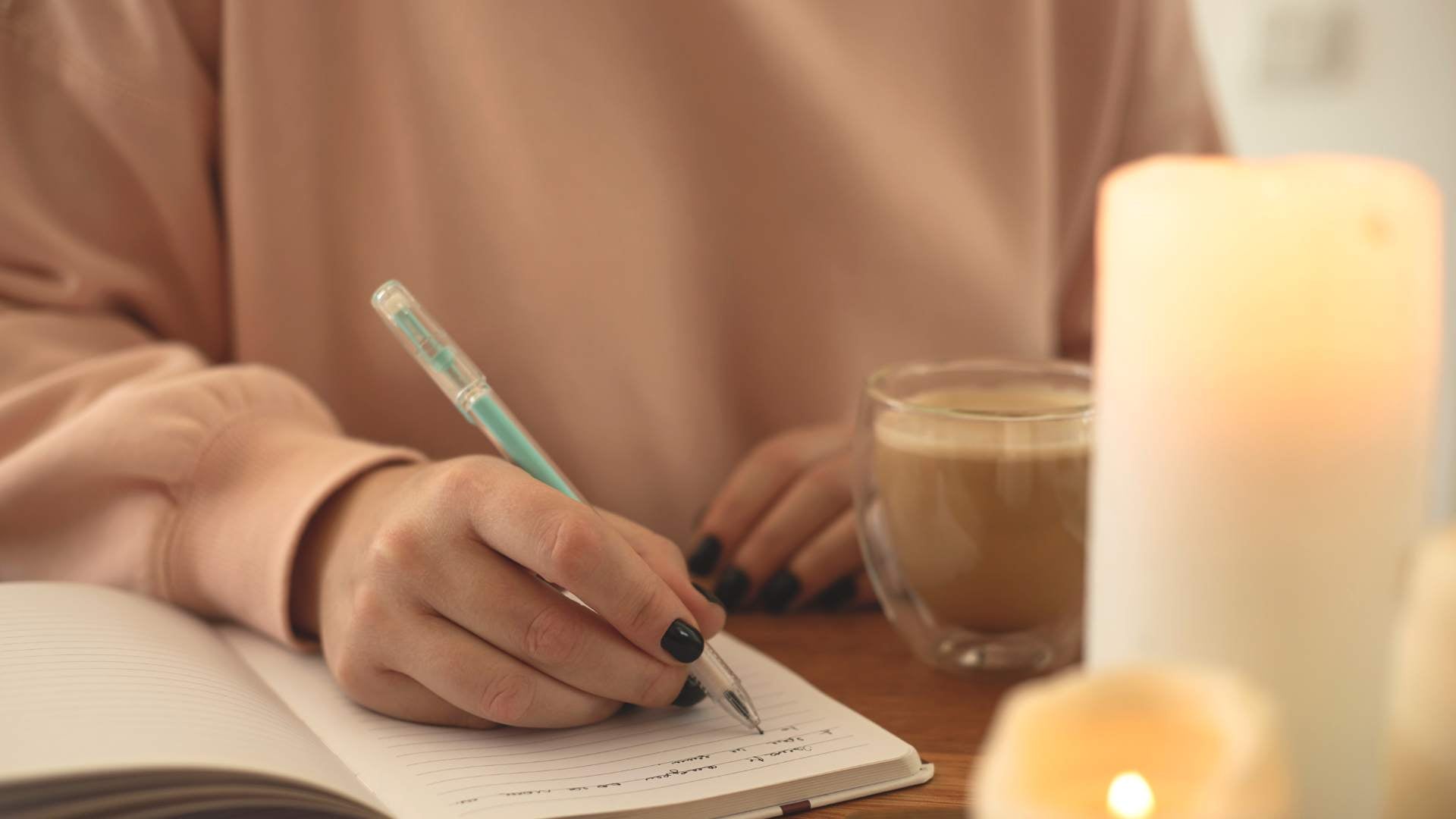
How to relax in 3 steps
Stress is often a part of life and can feel like it's not going away anytime soon, so it's important to know how to manage it. There are many ways to relax and unwind, but some techniques are more effective than others and what works for one person might not work for another.. Here we'll take a look at three steps for relaxing that can be done anywhere and anytime: being aware of your breathing; meditating; and releasing stress through movement or physical activity.
Be aware of your breathing
Focus on your breathing. If you're not sure how to do this, try to pay attention to the sensations of breathing as you inhale and exhale. Feel the air coming through your nose or mouth, passing into your throat and then down into your lungs. Notice how deep breaths make you feel more awake and alert; shallow ones tend to relax you.
Practice slow abdominal breathing (also called diaphragmatic or belly-breathing). This technique involves using the diaphragm—the muscle that separates your lungs from other organs in the chest—to move air in and out of the lungs rather than using only chest muscles (which is what happens when we breathe quickly).
Meditate
Meditation can be done anywhere, in any position, at any time of day. We often see images of meditation being done by sitting on the floor in an empty room but in fact can be done in any place, whether it’s a quiet room, at your desk, or during your commute. You could even do it right now, as you read this article. You don't have to meditate for long periods of time—even five minutes is enough if that's all you’ve got time for at the moment.
Movement or physical exercise
Exercise has many proven benefits towards helping to relax. Have a think about the types of exercise you might enjoy doing and then where you can make space for it during your day. Activities such as yoga, pilates or boxing can be great to help ease tension and relax. If you have difficulty undertaking those types of activities at the moment, try going for a walk or putting some music on and dancing. The most important thing here is to do some form of physical movement - it releases feel-good hormones such as dopamine and endorphins which can affect our mental health in the long term too.
Other ways to release your stress
There are a number of ways to relax, and it's important to find what works for you. This might mean taking up yoga or meditation as mentioned above, learning breathing exercises, trying out self-massage or going for a long walk in nature. Did you know that music can also be very effective at reducing stress levels—listen to your favourite tunes while getting ready in the morning or when winding down at night. Some people find that journaling also helps them release mental tension and express themselves emotionally so they feel more relaxed afterwards - we often use a notebook for this.
Other relaxation techniques that work well include taking a nap or bath (with your favorite essential oils!), having a hot cup of tea (no caffeine) before bedtime, having a warm bath before bedtime and reading fiction.
Mindful techniques can easily be incorporated anywhere and anytime to help manage your stress levels.
Mindfulness is a way of paying attention to the present moment. It's a way of being, with an open heart and mind. Practicing mindfulness can also be done anywhere and anytime, even while you're sitting at your desk checking emails!
Mindfulness helps you manage stress by allowing you to step away from all that may be weighing on your mind. When we practice mindfulness we become calmer because we are able to stop worrying about things that might happen in the future or regrets from past experiences in order to focus on what is happening right now.
Conclusion
These techniques can easily be incorporated anywhere and anytime to help manage your stress levels. It’s not always easy to find the time, but if you can invest a few minutes in the morning or at night before bedtime, it will go a long way towards making you feel calmer and more relaxed.



